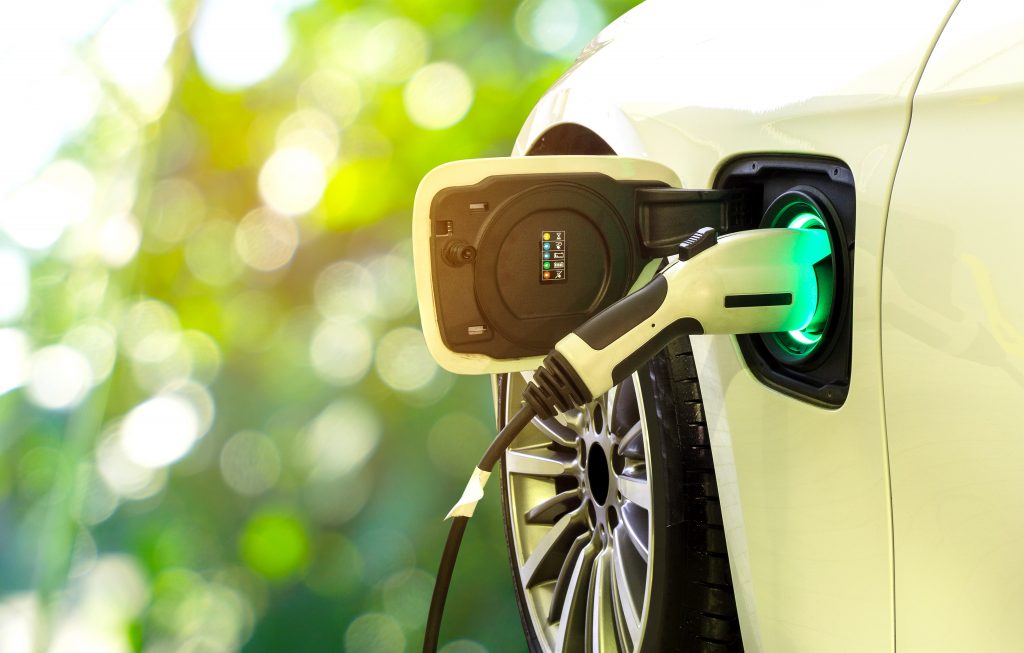The UK’s used car market has grown for the sixth consecutive quarter, rising 7.2% in Q2, according to the Society of Motor Manufacturers and Traders (SMMT).
Increasing numbers of buyers are switching to battery EVs (BEVs), with nearly 47,000 finding new owners between April and June 2024.
This is up a significant 52.6% on the previous quarter, leading to a record-high market share of 2.4%, an increase from 1.7% this time last year.
Meanwhile, sales of plug-in hybrid EVs (PHEVs) and hybrid EVs (HEVs) also grew, up 25.2% to 21,580 units and 43.6% to 78,782 units respectively.
At the same time, petrol- and diesel-powered cars still accounted for 92.4% of all vehicles, down from 94.3% last year.

Wellness and wellbeing holidays: Travel insurance is essential for your peace of mind
Out of the pandemic lockdowns, there’s a greater emphasis on wellbeing and wellness, with
Sponsored by Post Office
So, with drivers turning their attention from used petrol and diesel cars towards second-hand EVs, what checks do you need to make to ensure a smooth sale and smooth ride?
Here are five expert tips from AA Cars:
1) Battery
When buying a used EV, there are several extra factors to consider. The most critical – and expensive – component of an EV is the battery, so checking its condition is paramount. If it is not under warranty, then consider having a battery health check.
First, assess the battery’s state of health. Ask the seller for details on the current state of charge. Ideally, you want a battery that still has a high capacity and can hold a substantial charge. Batteries slowly degrade over time, so a younger battery with fewer charge cycles will provide more reliable long-term performance.
You may also want to consider getting a professional battery health check, such as the AVILOO Battery Test offered by Battery Diagnostics UK, to get a detailed assessment of the battery’s current condition.
2) Charging equipment
Make sure to also inspect the charging equipment. Ensure the EV comes with a functional Level 1 or Level 2 charging cable, as replacement chargers can be expensive. Also, carefully examine the charging port for any signs of damage or wear.
3) Driving range
Check the driving range by taking the EV on an extended test run. Confirm that it can achieve the advertised electric-only range on a single charge. But be realistic about the range you need – write a list of your most common journeys and then compare distances with the range of the car. Don’t worry about the one long trip to Scotland or Cornwall, because you can charge on the way.
4) Software updates
Ask the seller about the EV’s software and firmware update history. Regular updates help maintain optimal performance and efficiency, while outdated software could indicate neglected maintenance.
5) Warranty
Finally, understand the details of the remaining warranty, especially for the battery pack. Longer warranties offer more protection and peace of mind for the buyer.




